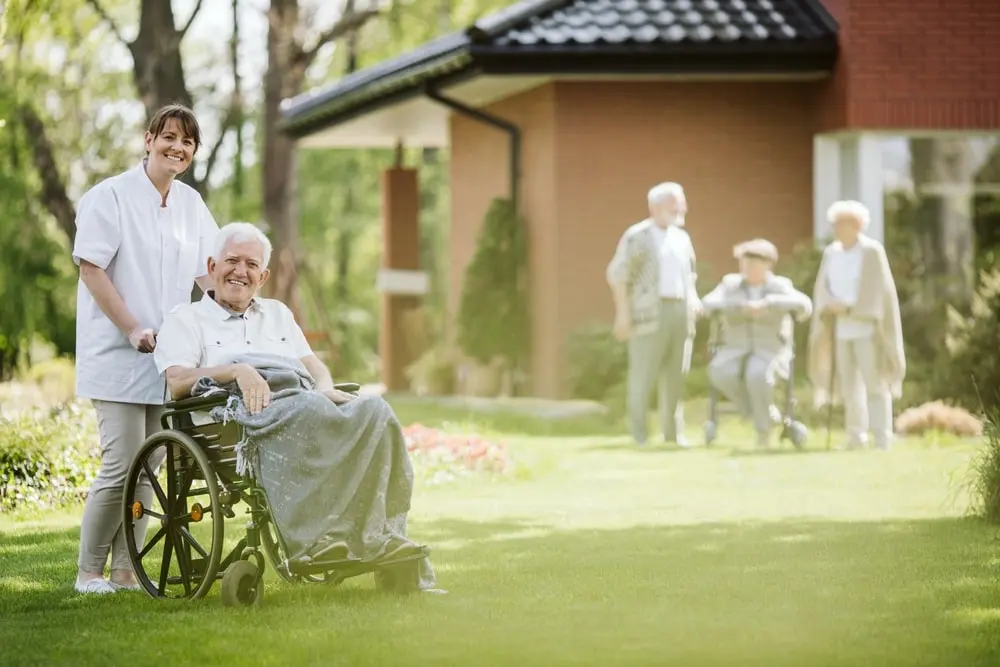In the realm of healthcare, cleanliness is not merely a preference but an absolute necessity. Health and hygiene are crucial, and medical cleaning plays a vital role in maintaining a safe and sterile environment within healthcare facilities. This article explores the significance of medical cleaning. Health and hygiene are maintained through detailed cleaning protocols. It details the unique challenges faced in healthcare settings and the specialized strategies employed to ensure optimal cleanliness for patient safety and well-being.
Stringent Standards for Infection Control
Healthcare facilities operate under strict regulations and standards to prevent the spread of infections. Medical cleaning in these environments goes beyond traditional cleaning practices. Health and hygiene imperatives require meticulous disinfection of surfaces, equipment, and high-touch areas. This helps mitigate the risk of healthcare-associated infections (HAIs), thus providing a safe environment for both patients and healthcare providers.
Specialized Training for Cleaning Staff
Cleaning personnel in healthcare settings require specialized training to understand the unique challenges and infection control protocols. This training encompasses the proper use of disinfectants, knowledge of high-risk areas, and adherence to privacy regulations. The expertise of medical cleaning staff is crucial. It helps maintain the highest standards of health and hygiene within the sensitive and demanding healthcare environment.
Targeting High-Risk Areas
Healthcare facilities have specific areas that pose a higher risk of contamination, such as patient rooms, surgical suites, and waiting areas. Medical cleaning strategies focus on these high-risk zones, employing thorough and systematic cleaning protocols. This targeted approach helps prevent the transmission of infections. It ensures a sanitary environment for patients, visitors, and healthcare professionals, thus supporting health and hygiene standards.
Utilizing Advanced Cleaning Technologies
In the rapidly advancing field of healthcare, cleaning technologies have also evolved. Ultraviolet (UV) light disinfection, ozone cleaning, and advanced disinfectant sprays are among the innovative tools employed to enhance the efficacy of medical cleaning. These technologies supplement traditional cleaning methods. They provide an extra layer of protection against harmful pathogens, further boosting outcomes related to health and hygiene.
Biohazard Waste Management
Medical cleaning extends to the proper management and disposal of biohazardous waste generated within healthcare facilities. Strict adherence to regulations ensures the safe disposal of materials contaminated with potentially infectious agents. Proper biohazard waste management is integral to preventing the spread of infections. It maintains the overall safety of the healthcare environment.
Patient Perception and Trust
The cleanliness of healthcare facilities significantly impacts patient perception and trust. A sterile and well-maintained environment instills confidence in patients, assuring them that their well-being is a top priority. Clean and organized healthcare spaces contribute to a positive patient experience. They facilitate the healing process and foster trust in the healthcare system.
Medical cleaning is a critical component of healthcare management, directly influencing patient safety and overall public health. Adhering to stringent standards for infection control, providing specialized training for cleaning staff, targeting high-risk areas, utilizing advanced cleaning technologies, and implementing effective biohazard waste management are integral to maintaining the cleanliness and sterility required in healthcare settings. By prioritizing medical cleaning, healthcare facilities contribute to a safer, healthier, and more trustworthy environment for patients and healthcare professionals alike.


